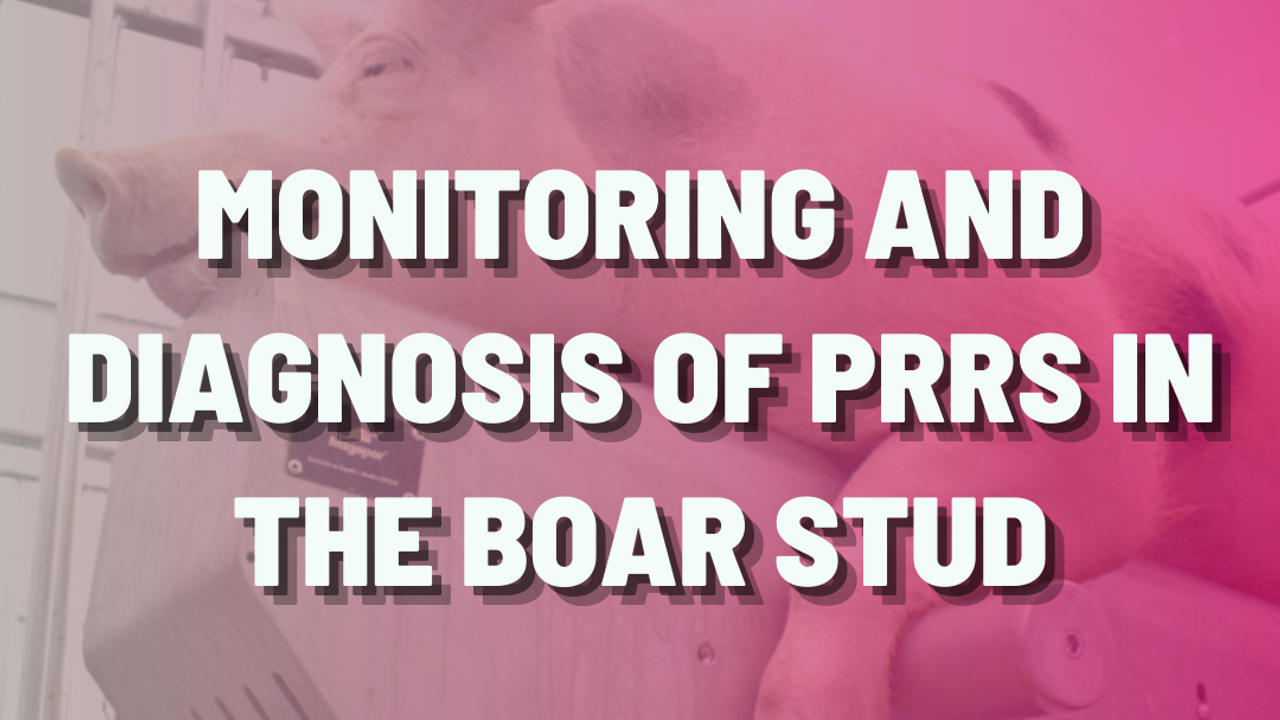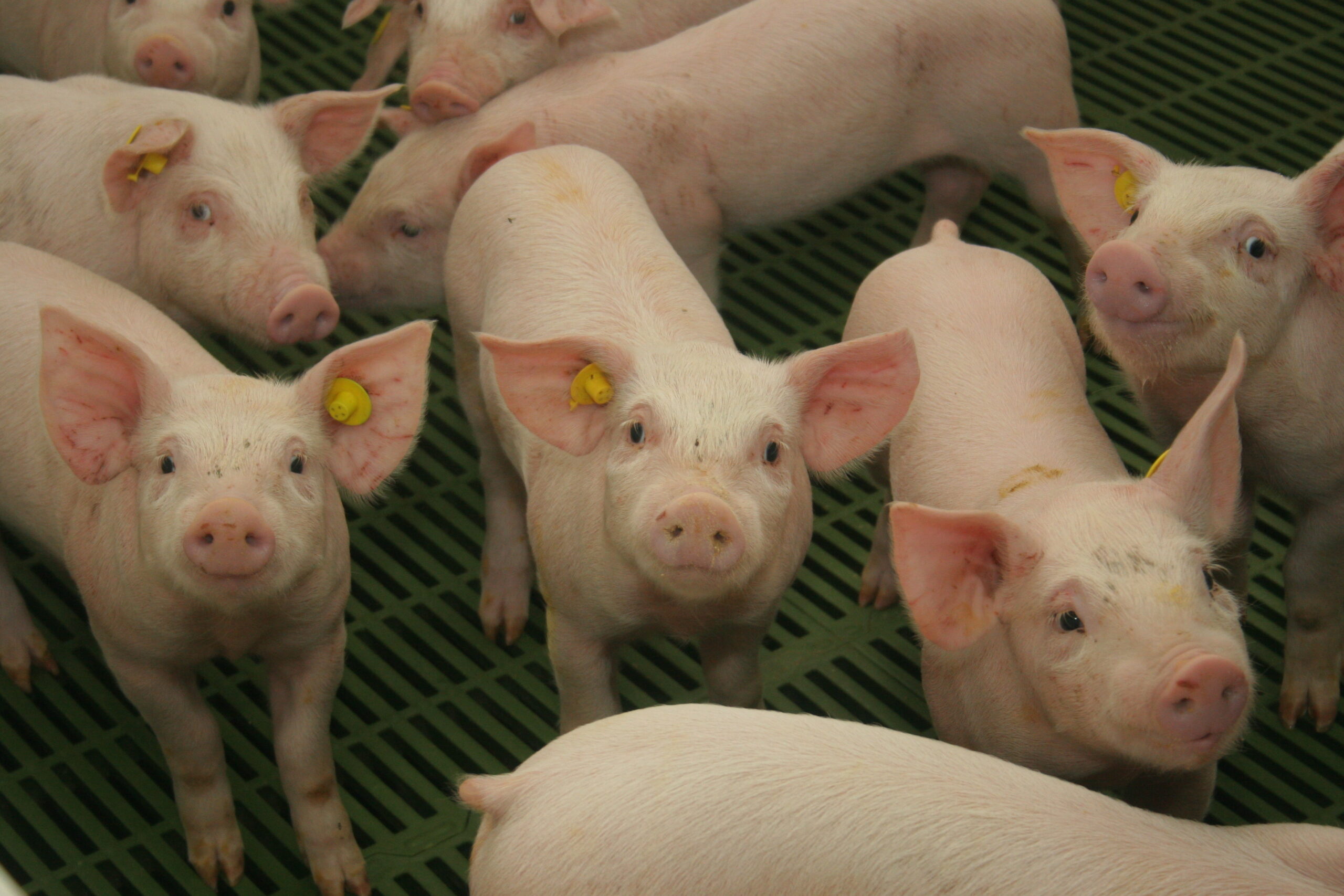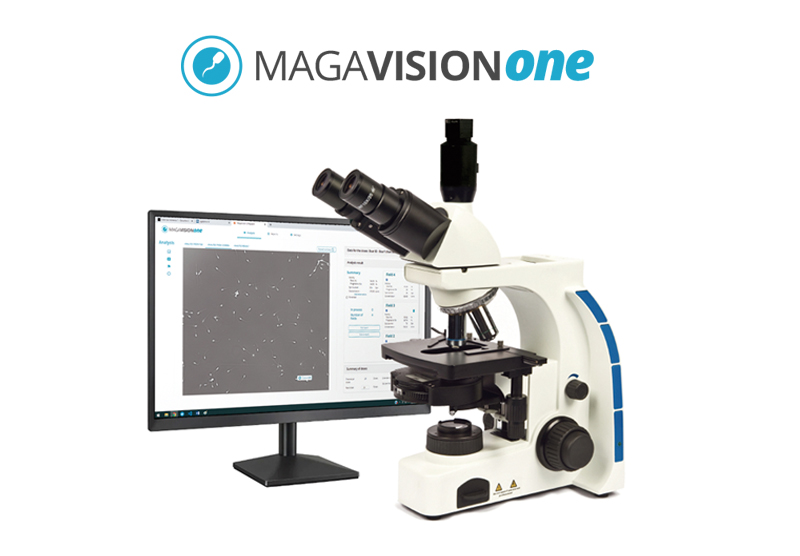In order to monitor animals in a boar stud, we need the most sensitive techniques that detect the infection at its earliest stage. The method that offers these two characteristics is RT-PCR, since it exponentially amplifies the virus genome and is able to detect small amounts of it in the sample, using specific primers. The problem posed by this virus is its great genetic diversity, which makes it difficult to have a simple PCR method to detect all variants.
The transmission of PRRS through semen depends on multiple factors and is quite difficult to predict, believing that the strain of the virus and its virulence have an important role. It also depends on individual host factors that determine the amount of virus in the semen. This leads us to observe cases in which the virus is never detected in semen and other cases where we can detect it for long periods of time. Other dispersal routes in addition to semen may include saliva, feces, urine, and nasal secretions. We should comment that not only animals with symptoms can transmit the virus, there are cases in which animals infected with PRRS have negativized PCR tests in blood and semen, and a post-mortem analysis has found the virus confined to tonsils, being able as reservoirs of the virus.
There are several studies where the effectiveness and sensitivity of detection of the PRRS virus in different samples has been compared, being the sample that has presented a greater sensitivity in the detection of blood or serum, with a sensitivity 50-100 times greater than detection in semen. The presence of the virus in the semen is very variable and the arrival of the virus to the reproductive system is through organic dissemination, thus having to cross the blood-testicular barrier. For that reason, if we want to quickly detect the presence of the virus in our boar stud using semen as a sample, we may be arriving too late. The main advantage of the use of semen is that it is the least invasive method and that it is easier to obtain. Another advantage is that we make sure that all the doses that we produce and that reach the farm are free of PRRS.
The earliest detection occurs because the virus may be present and in a detectable amount in the blood in the first 24 post-infection, while detection in other fluids such as sperm or saliva may vary between 48h and 14 days. This will largely depend on the individual and strain of the virus.
*Magapor Technical News







